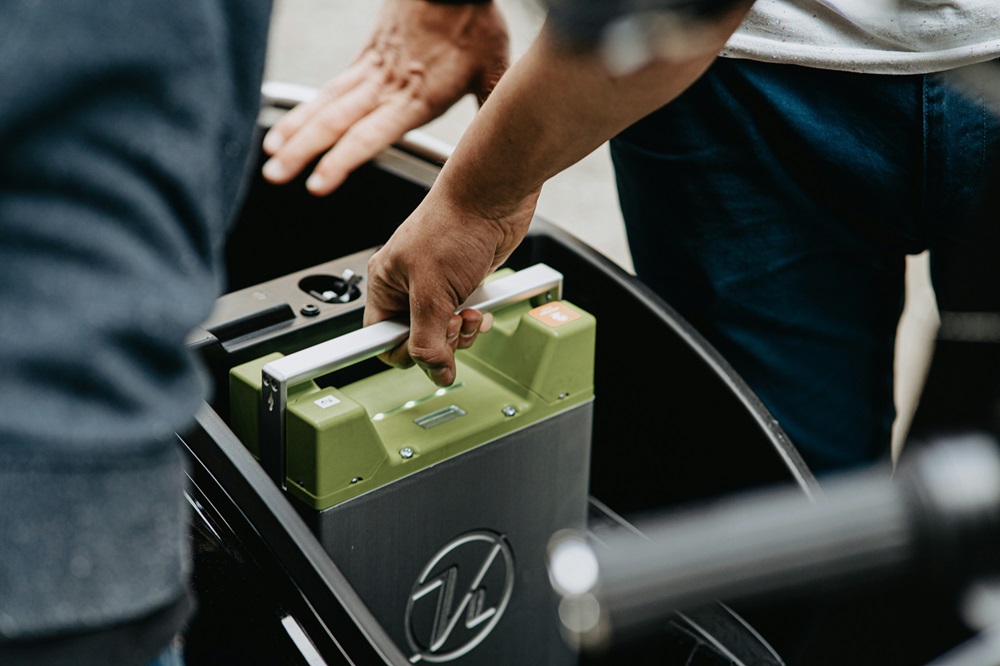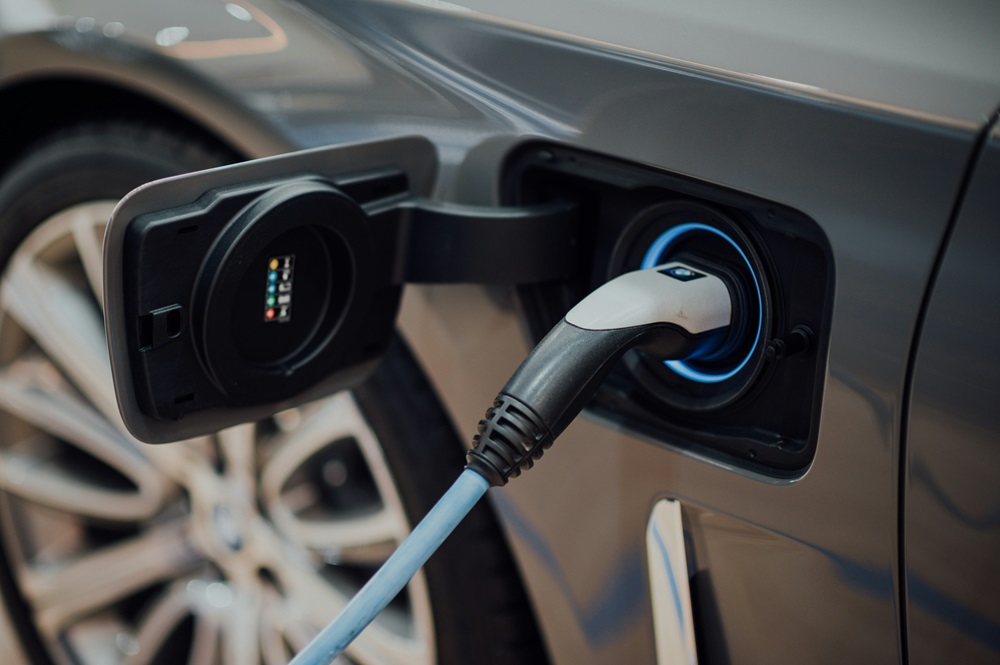The recent amendment to the Approved List of Models and
Manufacturers (ALMM), introducing a new List-II for solar photovoltaic (PV)
cells, marks a pivotal step in strengthening India’s domestic solar
manufacturing sector. This amendment aims to reduce the country’s dependence on
imported solar cells, particularly from China, and boost energy security by
ensuring that the solar components used in India’s rapidly growing solar market
meet stringent quality standards. The change will be implemented in 1.5 years,
allowing time for the domestic solar cell manufacturing industry to scale up
its production capacity to meet the rising demand from solar module
manufacturers. This shift, while essential for long-term sustainability,
presents both short-term challenges and significant opportunities.
In the short term, the transition to domestic sourcing of solar
cells could increase the costs of solar projects. Solar module manufacturers,
who have traditionally relied on imported cells, will need to adapt to the new
standards, which may involve higher upfront costs associated with supply chain
adjustments, certification, and compliance. This shift might cause a temporary
rise in the cost of solar installations as manufacturers incorporate these
changes into their production processes. Moreover, solar developers might face
increased project costs due to the transition, which could impact the economics
of existing and new solar projects. However, these costs should be viewed as a
necessary investment to foster the long-term growth and self-sufficiency of
India’s solar industry.
Over the long term, the amendment will strengthen India’s
domestic solar ecosystem, making it less reliant on imports and enhancing
energy security. By incentivizing the local production of solar cells, India
can develop a robust supply chain, reduce import dependencies, and mitigate
risks associated with international trade disruptions. As the domestic
manufacturing capacity grows, economies of scale will drive down costs, leading
to more affordable solar solutions for both consumers and businesses. This will
contribute to a reduction in the overall cost of solar projects, making solar
energy even more accessible and attractive for widespread adoption. With a more
secure and sustainable supply chain, India’s solar industry will be better
positioned to meet the country’s renewable energy targets, which include
generating 500 GW of non-fossil fuel-based energy by 2030.
Additionally, the policy amendment opens up numerous
opportunities for investment and innovation in the clean energy sector. The
push for domestic solar cell production will stimulate high-tech manufacturing,
attract both domestic and foreign investment, and foster research and
development in solar technology. As India establishes itself as a hub for
advanced solar manufacturing, there will be significant economic benefits,
technological advancement, and the development of a skilled workforce. This
will position India as a competitive player not only in the solar industry but
also in the broader global clean energy market. The rise of a local solar
manufacturing base will also encourage further investment in related sectors,
such as storage solutions and grid infrastructure, reinforcing the growth of
the renewable energy ecosystem. From a broader perspective, the amendment
aligns with India’s overarching clean energy and sustainability goals. As the
country works to reduce its carbon footprint and shift away from fossil fuels,
fostering a reliable and sustainable domestic solar manufacturing industry is
crucial. The focus on quality and local production will ensure that solar
systems installed across India are efficient, durable, and long-lasting,
contributing to the longevity and sustainability of the country’s solar
infrastructure. Moreover, by reducing dependence on imports, the amendment will
help improve India’s energy security, ensuring that the country’s renewable
energy capacity is less vulnerable to external supply chain fluctuations and
geopolitical uncertainties.




